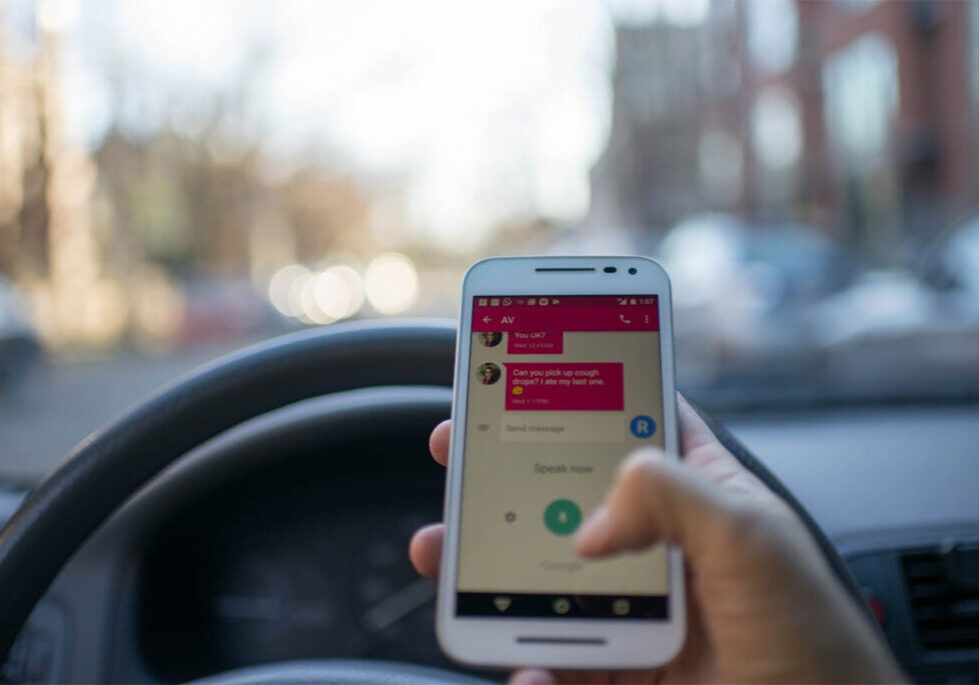We have seen them on the roads, parked on the side of the street, or in advertising. We all have wondered what would happen to those little cars if they were ever in an accident. Some claim that these “Smart Cars” are the most fuel efficient cars on the market and at the same time the safest compact car out there. But there is always a lingering question with any car you purchase, especially one of this size: Is it safe?
It measures just over eight feet long and less than five feet wide. Believe it or not, that is about half the size of a traditional car. On top of that, if you place 3 smart cars side by side, they can all fit in a single parallel parking spot. Beyond its size is the car’s fuel efficiency of 32 miles per gallon (mpg) for city driving and 39 mpg on the highway for the 2016 model year. Nothing special here as many gas operated vehicles can now easily reach and surpass those numbers. Another notch on the Smart Car belt is the car’s five star crash rating. This could be attributed to its steel frame and its use of high-tech front and side airbags. Despite such good safety performance for such a tiny car, testers caution that larger, heavier cars are inherently safer than smaller ones.
The testers put the Smart Car through a simulated 40mph front end crash as well as a side impact test that would show what would happen if the vehicle was struck in the side by an SUV at 31 mph. Critics may argue that the speed limit on the freeway ranges from 55-80mph and that the crash testing done by the independent Insurance Institute for Highway Safety inadequately represents a crash that would occur on the freeway. The testing done simulates an in-city crash. Online reports tout that these cars are great commuters because of the gas efficiency and electric option but it seems that they are only safety rated for an inner city commute, steering clear of freeways and any road where the speed limit exceeds 55mph.
As is with any vehicle you travel in, you must assume certain risks by getting on certain roads and obtaining certain speeds. You simply cannot deny the rules of physics when your Smart Car is involved in a collision with a Ford F-250. The expression ‘aluminum can’ comes to mind when I picture this collision.
The ratings are in and the Smart Car gets a Five Star rating when involved in a head-on collision around 40mph. For some, that is all they need to open the checkbook. For others, it is not enough to convince them to take a stroll. Are they really that safe? What do you think?



